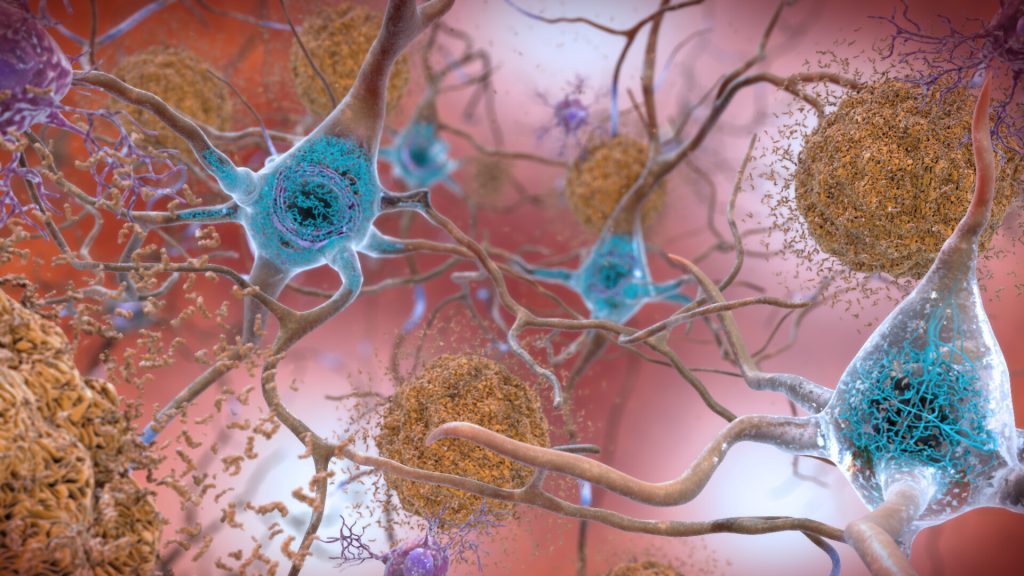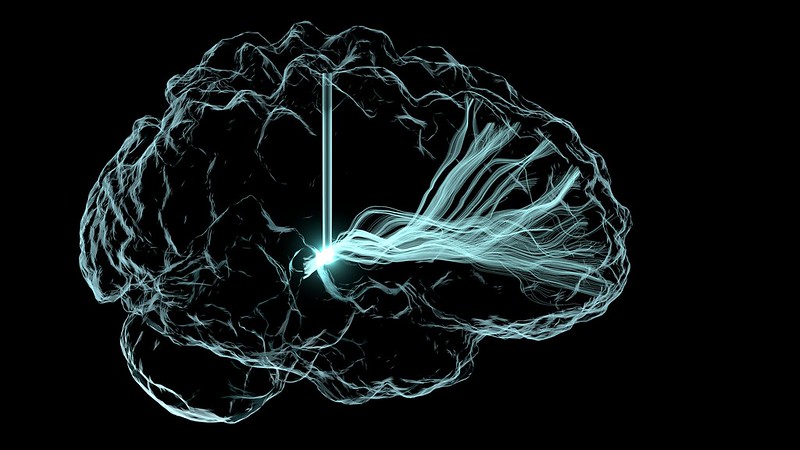CVD Risk Warning for Paracetamol That Contains Sodium

Clinicians have recommended avoiding effervescent, soluble paracetamol that contains sodium, following findings from a large study that shows a link with a significantly increased risk of cardiovascular disease (CVD) and mortality in people who have hypertension and even in people with normal blood pressure.
The study of nearly 300 000 patients registered with UK GPs was published in the European Heart Journal.
Sodium is often used to help drugs such as paracetamol dissolve and disintegrate in water. However, effervescent and soluble formulations of 0.5g tablets of paracetamol can contain 0.44 and 0.39g of sodium respectively. If a person took the maximum daily dose of two 0.5g tablets every six hours, they would consume 3.5 and 3.1g of sodium respectively – a dose that exceeds the WHO-recommended total daily intake of 2g a day. In 2018, 170 people per 10 000 of the population in the UK were using sodium-containing medications, with a higher proportion among women. There are alternative formulations that contain little or no sodium.
Excessive salt in the diet remains a major public health problem and is associated with an increased risk of cardiovascular disease (CVD) and death among patients with hypertension. However, there is inconsistent evidence showing an increased risk in normotensive individuals.
Professor Chao Zeng led a team which analysed data from a medical database of UK GPs’ records. They looked at 4532 hypertensive patients who had been prescribed sodium-containing paracetamol and compared them with 146 866 hypertensive patients who had been prescribed sodium-free paracetamol. They also compared 5351 normotensive patients who were prescribed sodium-containing paracetamol with 141 948 normotensive patients prescribed sodium-free paracetamol. The patients were aged 60-90 years and followed up for one year.
The researchers found the risk of heart attack, stroke or heart failure after one year for patients with high blood pressure taking sodium-containing paracetamol was 5.6% (122 cases of CVD), while it was 4.6% (3051 CVD cases) among those taking sodium-free paracetamol. Mortality risk was also higher; the one-year risk was 7.6% (404 deaths) and 6.1% (5510 deaths), respectively.
A similar increased risk was seen among normotensive patients. Among those taking sodium-containing paracetamol, the one-year CVD risk was 4.4% (105 cases of CVD) and 3.7% (2079 cases of CVD) among those taking sodium-free containing paracetamol. The risk of dying was 7.3% (517 deaths) and 5.9% (5190 deaths), respectively.
Prof Zeng said: “We also found that the risk of cardiovascular disease and death increased as the duration of sodium-containing paracetamol intake increased. The risk of cardiovascular disease increased by a quarter for patients with high blood pressure who had one prescription of sodium-containing paracetamol, and it increased by nearly a half for patients who had five or more prescriptions of sodium-containing paracetamol. We saw similar increases in people without high blood pressure. The risk of death also increased with increasing doses of sodium-containing paracetamol in both patients with and without high blood pressure.”
Prof. Zeng said that clinicians and patients should be aware of the risks associated with sodium-containing paracetamol and avoid unnecessary consumption, especially when the medication is taken for a long period of time.
“Given that the pain relief effect of non-sodium-containing paracetamol is similar to that of sodium-containing paracetamol, clinicians may prescribe non-sodium-containing paracetamol to their patients to minimise the risk of cardiovascular disease and death. People should pay attention not only to salt intake in their food but also not overlook hidden salt intake from the medication in their cabinet,” he said.
“Although the US Food and Drug Administration requires that all over-the-counter medications should label the sodium content, no warning has been issued about the potentially detrimental effect of sodium-containing paracetamol on the risks of hypertension, cardiovascular disease and death. Our results suggest re-visiting the safety profile of effervescent and soluble paracetamol.”
Being an observational study it can only show only that there is an association between salt in paracetamol and CVD and deaths, rather than that salt causes these events. Other limitations include a lack of data on dietary intake of salt and excretion of salt from urinary samples. The use of over-the-counter paracetamol was not also recorded, however by restricting the study to those over 60 who qualify for free prescriptions in the UK, the risk of this is minimised.
Source: EurekAlert!










